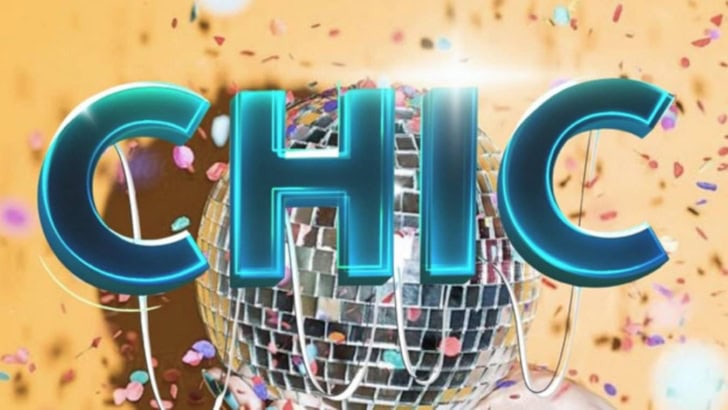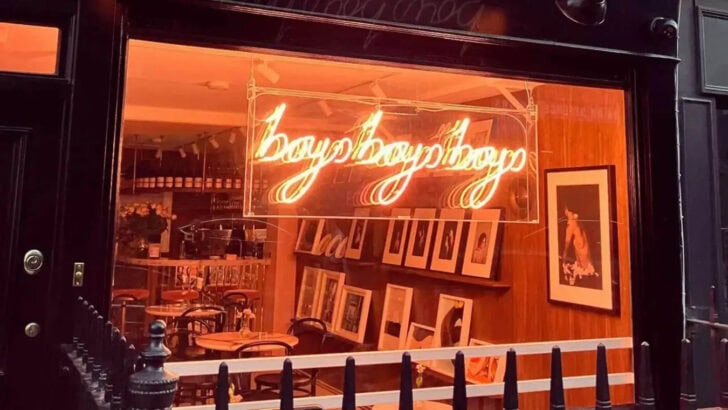Peter Tatchell looks back at the hidden homophobic shame of the NHS…
February is LGBT History Month in the UK: the posthumous royal pardon granted to war-time code breaker and computer pioneer Alan Turing was a long overdue attempt to put right a grave injustice. Turing had been convicted of homosexuality in 1952, under the same nineteenth century ‘gross indecency’ law that sent Oscar Wilde to prison in 1895.
Given the option of jail or chemical castration, he chose the latter. The hormonal treatment – similar to the ‘cure’ devised by the Nazi doctor, SS Carl Vaernet – caused Turing horrendous physical and mental distress; including impotency, breast development and depression. He committed suicide two years later, at the age of 41.
Turing was not alone. An estimated 50,000 men were convicted under the same law during the twentieth century, and a further 50,000 were convicted under other anti-gay laws – making a total of 100,000 convictions. Many were jailed.
Some were also subjected to chemical castration or to so-called ‘aversion therapy’ – the infliction of electric shocks or drug-induced nausea while they were shown naked male images.
Based on Pavlov’s experiments giving electric shocks to dogs to change their behaviour, the rationale was to create a mental association between homosexuality and pain or sickness – to make same-sex attraction repellent – and thereby turn gay men heterosexual.
These bids to cure homosexuality – often paid for by the taxpayer and conducted by state-funded National Health Service (NHS) hospitals and doctors – echoed the inhuman experimental treatments inflicted on gay men by Nazi doctors in Buchenwald concentration camp during World War Two.
Like the Nazi’s supposed medical solution to the ‘homosexual problem’, neither electric shocks nor nausea achieved the desired result. The men subjected to this barbaric medical abuse lost their sex drive and became emotionless and reclusive; suffering severe anxiety and depression. Some killed themselves.
“Men became emotionless and reclusive; suffering severe anxiety and depression. Some killed themselves.”
DJ Peter Price recalls that in 1965, aged 19, doctors forced him to lie in a bed filled with his own excrement, urine and vomit for three days while they showed him pin-up pictures of naked men, injected him with nausea-creating drugs and played audio tapes that insulted and abused him as a ‘dirty queer.’
At least one man died as a consequence of this medical abuse – 29 year old Billy Clegg-Hill in 1962. The cause of his death was covered up by doctors and the inquest coroner. It was listed as due to “natural causes” – which it was not.
These cruel, bogus treatments were still being defended by some top NHS professionals at least until 1972; including by doctors at the internationally famous Maudsley psychiatric hospital. Indeed, in that year, the world’s then leading psychologist, Prof Hans Eysenck, publicly defended the use of aversion therapy in a lecture hosted by St Thomas’s Hospital in London. When I challenged him, I was violently ejected from the audience.
Most people think homosexuality was legalised in the UK in 1967. It wasn’t. The Sexual Offences Acts that year was a very limited, partial decriminalisation (non-enforcement of the law) that only applied to England and Wales. It was not extended to Scotland until 1980 and to Northern Ireland until 1982.
Most aspects of gay behaviour remained criminal; including inviting, facilitating or arranging a homosexual act – even a decriminalised one. The age of consent was set at 21; compared to 16 for heterosexuals. Two men dancing together in a club or chatting up each other in public could still be arrested and jailed.
The anti-gay laws remained on the statute book under the heading ‘Unnatural Offences.’ As with the ‘gross indecency’ law, the ban on ‘buggery’ (anal sex), which was legislated in 1533 during the reign of King Henry VIII, was not repealed until 2003. This was the year the criminalisation of homosexuality finally ended in England and Wales.
In the era of criminalisation, public attitudes were strongly homophobic and hate crime was rife. It was lawful until the last decade to discriminate against gay people in employment, housing, education, advertising and provision of goods and services.
Most gay and bisexual men hid their sexuality, fearing arrest, hostility, ostracism, discrimination and violence – all of which were common.
These multiple threats, and the stress of hiding one’s sexuality, caused huge mental and physical strain. The result? Much higher than average rates of family estrangement, relationship break up, isolation, alcohol and drug abuse, illness, depression and suicide.
After the advent of legal equality and more accepting public attitudes, men who lived much of their lives in secrecy – as criminals and victims of prejudice – often found it hard to adjust. Over the decades they’d internalised homophobia and got into a self-defence routine of hiding their gay life.
A 2009 survey of lesbian, gay and bisexual people found that 28-40% suffered from depression, 20-25% had self-harmed and 20-40% had attempted to kill themselves (compared to 2-6% of the general population).
Justice for Alan Turing is a wonderful thing. But what about all the other men who were also victims of unjust anti-gay laws – about 15,000 of whom are still alive? Don’t they deserve an apology and pardon too?
• Sign-up to receive the human rights email bulletins of the Peter Tatchell Foundation and make a donation: www.PeterTatchellFoundation.org

















